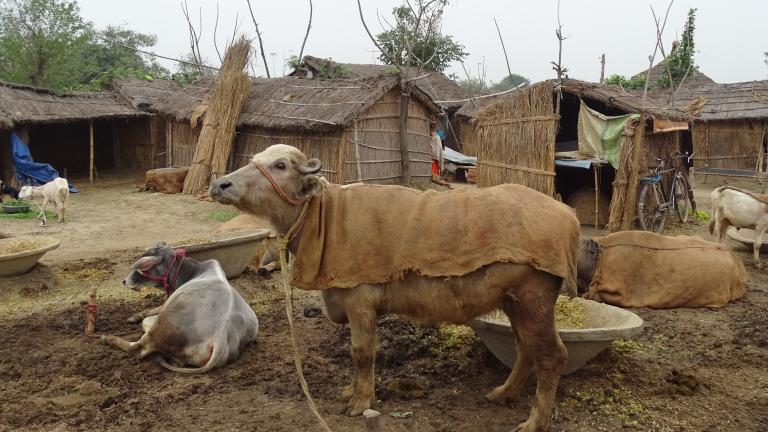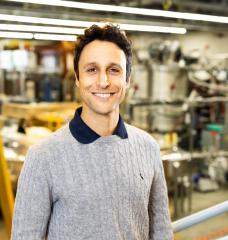
The International Energy Agency (IEA) recently estimated that roughly 860 million people live without electricity today. While this figure represents noteworthy progress from the 2016 figure of roughly 1 billion without access, there is still significant room for improvement. The IEA projects that, unless progress is accelerated, 650 million will still be left without access to electricity in 2030. While complex sociotechnical factors can hinder progress towards universal electricity access, economic constraints predominate for the majority of cases. In 2018, the IEA estimated that achieving universal energy access by 2030 would require roughly $55 billion of investment per year, with the majority being apportioned for electricity access. These expenditures are almost double the amount of investment expected.
State-of-the-art electrification planning models enable planners to outline pathways towards improving the economic feasibility of extending access. The studies presented in this paper employ the Reference Electrification Model (REM) to analyze sensitivities for a 10,914 square kilometer area of Uganda with 366,946 individual consumers, representing 20 consumer types. REM uses information about areas with poor electricity access to determine cost-optimal electrification modes (e.g., grid-connected, mini-grid, or stand-alone system) for each consumer, estimate costs of electrification, and produce detailed engineering designs of recommended systems. The model takes account of highly granular economic and technical detail: it considers multiple customer types with different demand profiles, individual lines, transformers, and generation assets, medium and low voltage network codes, voltage drops, solar resource availability, and even topographical and streetmap-level information if desirable. The studies presented are unique from those previously reported due to the high (individual consumer-level) spatial granularity, engineering design detail, and large areal extent of analysis.
A number of contributions are made. First, the criticality of adequately estimating demand and its evolution is demonstrated for large-scale planning; notable cost and supply technology sensitivities are observed as a function of anticipated demand levels. Over the domain of aggregate demand values modeled, the average cost of service provision range from $0.13/kWh to $0.37/kWh: a nearly three-fold difference. Second, the importance of representing demand heterogeneity is elucidated via modeling a diversity of consumer types. In the ``central demand case'' presented, modeling demand heterogeneity results in least-cost plans that are 9% less costly than modeling assuming one single customer type. Modeling heterogeneity also decreases prescribed grid extension shares from 89% to 77%, increasing the prevalence of mini-grid and stand-alone systems. Lastly, the potential economic benefits of demand stimulation are characterized. We show how stimulating demand can lead to positive feedback loops: increasing electricity demand can lower electricity unit-costs through the realization of economies of scale and improved network utilization, which can improve the viability of additional electric loads, continuing the cycle. Specific studies comparing the economics of clean cooking via electric and liquefied petroleum gas (LPG) cookstoves show how these feedback loops can jointly benefit progress towards universal access to clean cooking and electricity. The demand assumptions modeled show that coordinated planning can reduce electricity costs by 34% and increase electric cookstove viabilities from 42% to 82%.
References
Lee, S.J., Sánchez, E., González-García, A., Ciller, P., Duenas, P., Taneja, J., de Cuadra García, F., Lumbreras, J., Daly, H., Stoner, R. and Pérez-Arriaga, I.J.(2019), "Investigating the Necessity of Demand Characterization and Stimulation for Geospatial Electrification Planning in Developing Countries." MIT CEEPR Working Paper 2019-018, October 2019.
Further Reading: CEEPR WP 2019-018
About the Author:
Stephen is a researcher at the MIT Universal Energy Access Lab and MIT Computer Science and Artificial Intelligence Laboratory. He is also a Fellow at the Energy for Growth Hub. His current work employs probabiilistic graphical models, deep learning, remote sensing, optimization, and economic methods for infrastructure planning in developing countries. For his dissertation research, he is designing machine learning systems for large scale electricity demand foreacsting in developing countries. He previously worked as a management consultant with Deloitte Consulting and NERA Economic Consulting. Stephen is currently pursuing a PhD in Electrical Engineering & Computer Science at MIT. He holds master’s degrees in Electrical Engineering & Computer Science and in Technology & Policy from MIT and a bachelor’s degree in Materials Science & Engineering with a second major in Economics from Johns Hopkins University.





